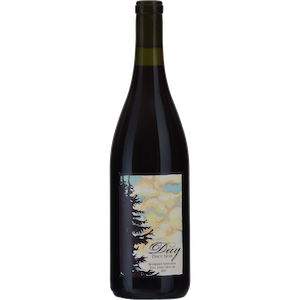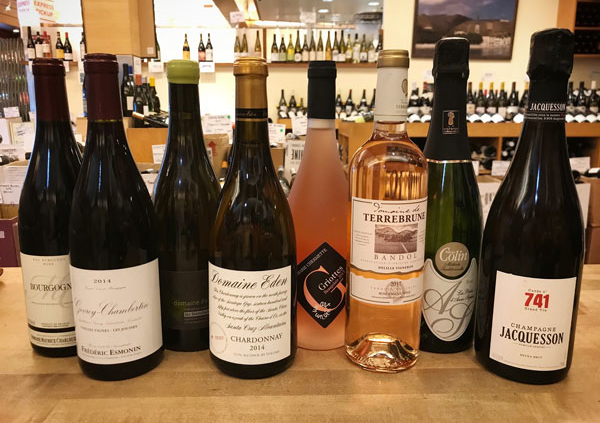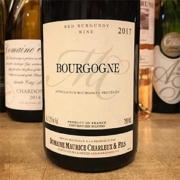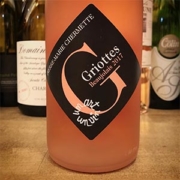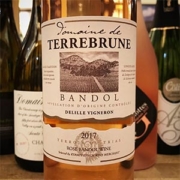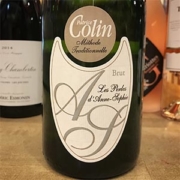What Is A Guided Tasting?
In the interest of sharing my passion for the broader world of wine with the people close to me, I decided to have a group of friends over for a guided wine tasting – that is, one in which one person (me in this case) guides the discussion and helps draw out responses from everyone. My goal was to share a bit of my knowledge and to help my friends understand better what exactly they’re getting when they order a bottle of wine in a restaurant or bring one home from a store. And as Mark said in our previous newsletter, “the goal, as in other kinds of parties, is good conversation and good times spent with good friends.” I wanted my tasting to be fun and not to get bogged down in formalities.
Choosing Your Theme
I had come up with several ideas for tastings, including one that focused on the formal techniques of wine tasting. One evening over dinner, I bounced my ideas off my partner. He’s a valuable resource in this discussion, since he has a good knowledge of wine but doesn’t take it too seriously. His suggestion seemed like the best: a comparison of common California wines and their French counterparts. The idea was to analyze how differences in climate, wine making, and culture can affect what’s in the glass – a conversation that sounded fun to me. This kind of tasting also would give me a chance to clear up the mysteries of French wine labels and help folks get an idea of just what expect from a particular bottle of French wine.
To Blind Taste or Not?
With this theme in mind, I decided to make it a formal, blind tasting of four reds and four whites. I chose Pinot Noir and Cabernet Sauvignon for the reds and Sauvignon Blanc and Chardonnay for the whites, with a California and French example of each of the four types. I chose to do the tasting blind (i.e., with the bottles in paper bags to cover up the labels) so that no one would be tempted to jump to conclusions based on any preconceived opinions in favor or against either California or French wines.
Having chosen a theme and format, I invited four couples over for an after-dinner wine tasting party. That made the total ten people, an ideal number, and with various prior engagements, the group whittled itself down to eight. I offered to supply all eight wines and to host the party at my house, asking others to bring some snacks to munch on while tasting. (Bread, cheese, and pâté are great to have on the table with a tasting – they help clear the palate and put something in your stomach besides wine.) I also borrowed some glasses from a co-worker. The idea was to do two flights of four wines – first the whites and then the reds.
I had the luxury of 64 small wine glasses (8 per person), but it would be possible to do this kind of tasting with 32 (4 per person) or even 16 (2 per person). In the latter case, you’d simply taste the wines in flights of two rather than four.
Keeping Conversations Going
I put a lot of thought into how to facilitate the conversation. I wanted to avoid my tendency to get too pedantic, knowing that no one wanted a lecture. But I also wanted to make sure that there was at least some serious discussion about the wines. I figured the best way to facilitate discussion was to minimize my spiels and ask everyone else questions. There are a few basic questions to ask when tasting wine that can help you start to make distinctions:
- How are these wines similar?
- How are these wines different?
- What do I like about each wine?
- What do I dislike about each wine?
- Which wine do I prefer, and why?
Providing Common Ground
I’ve experienced firsthand that dazed expression in other people when I start using language to describe wines that is routine to me. I wanted to avoid the pressure that people feel to come up with “good” descriptors and instead ask everyone to say in their own words what they thought of the wines. These basic questions provide a framework for discussion while allowing each person to respond to and talk about the wines in an individual way.
As my guests arrived, I assembled the wines in the kitchen, opened them, and smelled them to make sure that none of the bottles was corked. I put each of the bottles in a brown bag and wrote a letter on the bag (A through H) so that we’d have a way to refer to the wines as we talked about them.
Starting With Whites
Starting with whites, I poured two Sauvignon Blancs, 2001 Honig from Napa ($12.99) and 1998 Château Reynon Blanc from Bordeaux ($11.99), followed by two Chardonnays, 2000 Handley Anderson Valley from Mendocino ($15) and 2001 Trénel St.-Véran from Burgundy ($12.99). We tasted the wines first in pairs and then together as a group of four. After a few minutes of quietly sampling the wines, we had a short discussion and then ranked each pair according to personal preference.
In a tasting where all of the wines are a single varietal or style, it is common to taste all the wines and rank them from 1 to 8, according to preference or perceived quality. Since the different styles of whites and reds in this tasting are hard to compare with one another, I asked each person to pick a favorite from each pair.
It’s no surprise that opinions differed wildly from person to person. I was expecting the more familiar California wines to be favored, but that was not universally the case. The Honig Sauvignon Blanc was preferred over the Château Reynon Bordeaux Blanc, but both the Handley Chardonnay and Trénel white Burgundy had its share of admirers.
Follow with Reds
For the reds, we first tasted two Pinot Noirs: 2001 Elk Cove Willamette Valley from Oregon ($18) and Heresztyn Bourgogne Rouge from Burgundy ($16). (I could’ve substituted a California Pinot Noir for the Oregon one, but the Elk Cove seemed like the best West Coast Pinot from the store in the price range.) Then we finished with two Bordeaux style blends (wines based on Cabernet Sauvignon and Merlot): 2000 Surh Luchtel Mosaique ($24) and 2000 Château Teynac St. Julien from Bordeaux ($19). The Oregon Pinot Noir was definitely the favorite, but the Bordeaux stood its own against its California counterpart.
Tasting a group of wines like this is a great opportunity for friends (new and old) to get together, with a built-in topic of conversation. Of course, after a few glasses of wine, people’s spirits are lifted and the conversation can go many directions. I selected a special bottle of wine from my cellar to enjoy after the main tasting – something a bit more complex than the relatively simple, inexpensive wines we’d tasted formally. It was a nice reminder that wine offers us all the opportunity to get together and enjoy our friends.
Editor’s note: This article is the second in a series on how to organize and host wine parties. The first article, in our March 2003 newsletter, discussed the types of wine parties and the basic procedures and considerations for any type. If you’d like to host a wine tasting similar to the one that Paul C. did – or something completely different – come talk to us. We’re eager to help you select the wines and provide pointers to help ensure that the party goes off well.
List of Wines Tasted
Here is a simple list of the wines we tasted:
Sauvignon Blancs
- 2001 Honig from Napa ($12.99) and
- 1998 Château Reynon Blanc from Bordeaux ($11.99)
Chardonnays
- 2000 Handley Anderson Valley from Mendocino ($15)
- 2001 Trénel St.-Véran from Burgundy ($12.99)
Pinot Noirs
- 2001 Elk Cove Willamette Valley from Oregon ($18)
- Heresztyn Bourgogne Rouge from Burgundy ($16)
Bordeaux Blends (Cabernet Sauvignon / Merlot)
- 2000 Surh Luchtel Mosaique ($24)
- 2000 Château Teynac St. Julien from Bordeaux ($19)


